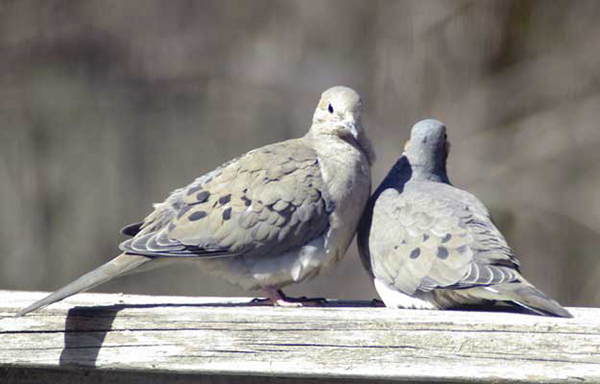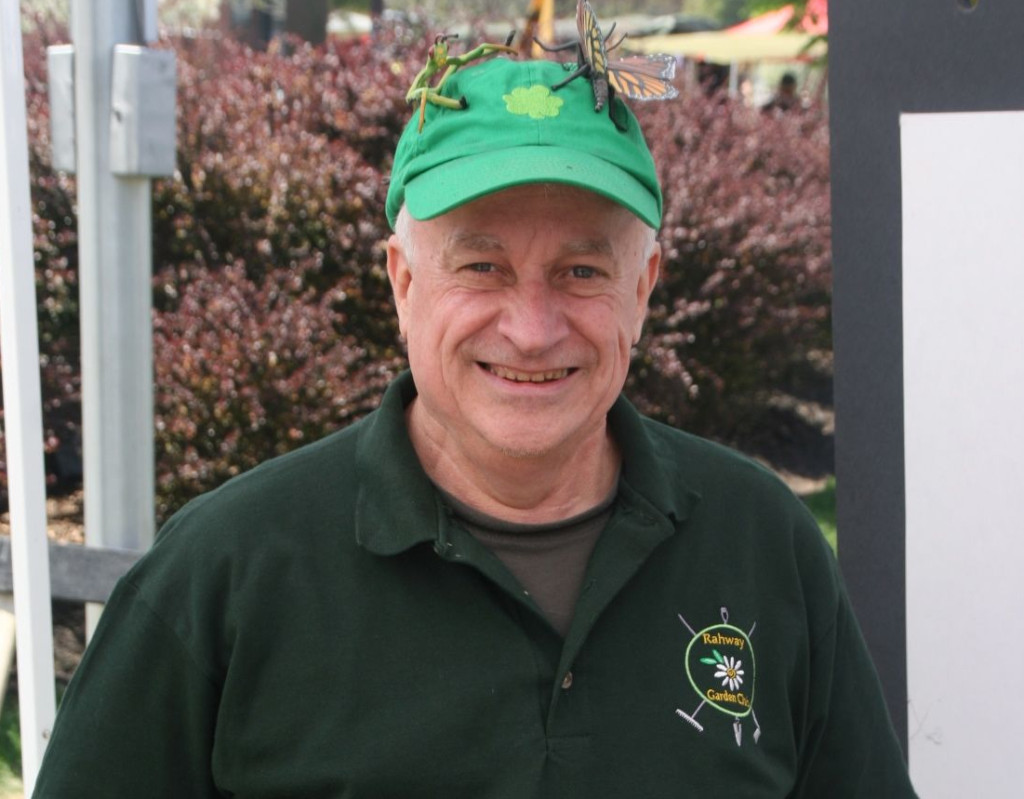Mourning doves are the most successful wild dove in North America, with a range from Alaska, Canada, Maine and as far south as Panama.
Although most Mourning doves migrate south during the winter months, many stay in our area where they depend on back yard bird feeders for survival.
Mourning doves feed on a vast assortment of seeds including weed seeds which makes it a valuable ally of farmers and gardeners. If you keep your bird feeders stocked Mourning doves will stay close, eating off the ground (gleaning) under feeders which helps keep that area clean.
Snow and ice make it difficult for these birds to scratch up seed, but there are a few things that you can do to help them. During the snowfall sprinkle seed on top to keep food in reach. If possible flatten an area and sprinkle the seed on that area. After a big storm I put cardboard on top of the snow and sprinkle the seed on top of that. I feed Mourning doves millet which is their favorite seed and black-oil sunflower seed because it is high in protein.
Mourning doves also utilize a heated birdbath for drinking water if you can provide it. Also known as ‘Turtle Doves’, Mourning doves are medium size birds around 5 to 6 ounces, with brown pointed wings and tail, white and black markings and a crescent on its neck. Males have blue and pink highlights on the head and around their eyes. The pointed falcon like wings give them the ability to reach speeds of 40 to 55 miles per hour. Mourning doves are related to the now extinct ‘Passenger doves’ used in wartime to deliver messages.
During takeoff their flapping wings make a loud whirling sound and their strong feet enable then to push off the ground quickly. The call from the male is a hollow mournful coah, cooo, cooo. Habitat is open farmlands, towns, roadsides, open grasslands and scrubs. I’ll provide more information on Mourning doves mating and raising their young in the spring. Enjoy your garden all year long,
James


(above) President of The Rahway Garden Club, James Keane has been researching and answering garden questions since 1995. Visit ‘Keane Gardener’ blog at: keanegardener.blogspot.com
